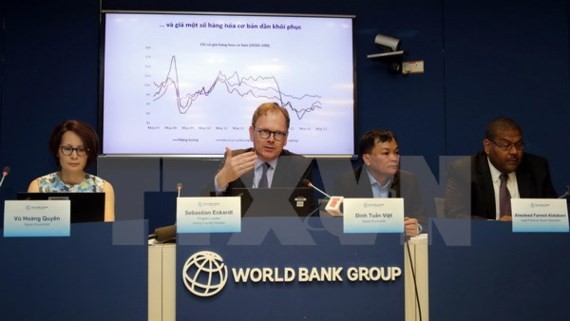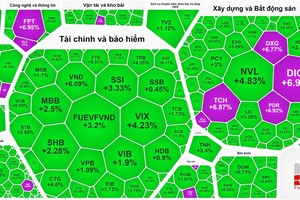
GDP growth resulted from buoyant domestic demand, rebounding agricultural production, and strong export-oriented manufacturing, aided by a recovery in external demand.
Inflationary pressures will remain moderate, reflecting stable core inflation, lower food and energy prices and diminishing administrative price hikes. The current account is expected to remain in surplus, albeit at a lower level as stronger import growth resumes. Over the medium term, growth is projected to stabilize at around 6.4 percent in 2018–19, accompanied by broad macroeconomic stability.
“Vietnam’s economy is strong, as a result of strong momentum of Vietnam’s fundamental growth drivers — domestic demand and export-oriented manufacturing”, said Sebastian Eckardt, Lead Economist and Acting Country Director for the World Bank in Vietnam.
Monetary policy continues to balance growth and stability objectives, with low real interest rates and rapid credit growth of about 20 percent (year-on-year). The rising credit intensity of growth, and sustained acceleration of credit may raise concerns over asset quality, particularly given the past unsolved bad debts.
The report argues that elevated global uncertainty calls for macroeconomic prudence. In view of sustained growth momentum, solidifying macroeconomic stability and rebuilding policy buffers should remain the foremost priority. Lowering the fiscal deficit would help to contain rising risks to fiscal sustainability and provide fiscal space to accommodate potential future shocks. Containing risks from rapid credit growth requires continued improvements in supervision and prudential regulation.
The longer term challenge for the Vietnam is to sustain rapid growth and poverty reduction. Considerable gains are possible from structural reforms that alleviate constraints on productivity growth, including through SOE reforms, further improvements in the business environment and improved factor markets for land and capital.
























